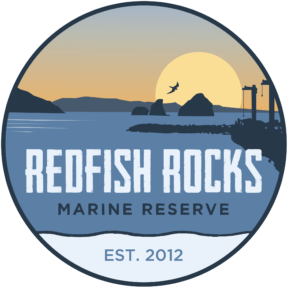Educational Resources
Whether you are a formal educator, informal educator, home schooler, STEM club leader, or lifelong learner, the resources below will have something for you to help your students put their “thinking caps” on!
Throughout our team’s years in working with schools and clubs we have complied a collection of educational lessons, modules, interactive maps, and even some apps. Some lessons we have used outright, some we have adapted for use, and others have been stowed away for use another day.
But, why keep these great resources to ourselves? We want you to know about them, use them, and adapt them for use in your environment and to meet your students’ needs. Dive in!
Our team and its staff love new ideas and exploring new materials. Do you have an educational resource that you would like to share with us? Contact us!
Educational Guides, Modules, and Lessons
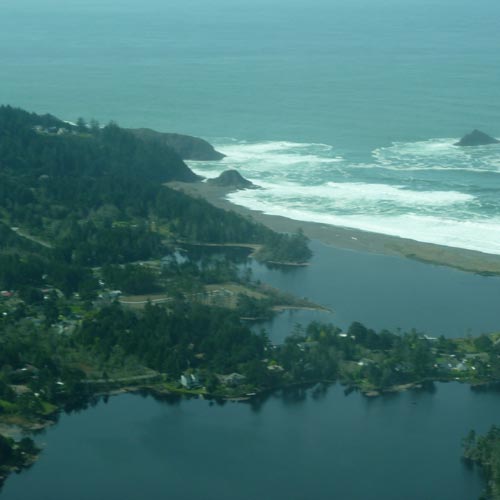
OIMB – OREGON INSTITUTE OF MARINE BIOLOGY
Grade Level: K-6
The lessons posted here were developed as part of OIMB’s Graduates in K-12 Education Project. OIMB’s GK12 program followed the MARE structure of a different habitat for each grade. While the GK12 lessons are posted here by habitat and MARE grade (k-6), the lessons are appropriate for a range of ages and can be adjusted for older or younger students. Educators and ocean explorers of all ages will find these lessons helpful and fun! Examine the curricula section for hands-on, inquiry based lessons. Lessons explore ponds, wetlands, and many of Oregon’s nearshore ocean habitats.
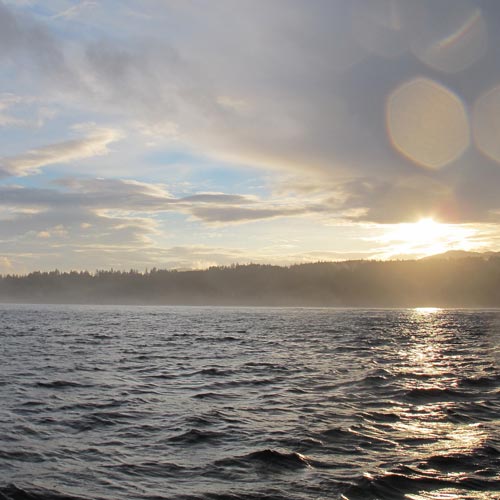
MARE MARINE RESOURCES ACTIVITIES AND EDUCATION
Grade Level: K-8
MARE is a program of the Lawrence Hall of Science that seeks to increase ocean literacy through informal and formal education initiatives. They offer a variety of marine science curricula, courses, field trips guides, more in-depth week and month long “ocean emersion” experiences, ocean science field trips, and professional development support. Prices for educational material range from being free – $60. Contact MARE to get more information and price quotes for ocean emersion and ocean science field trips.
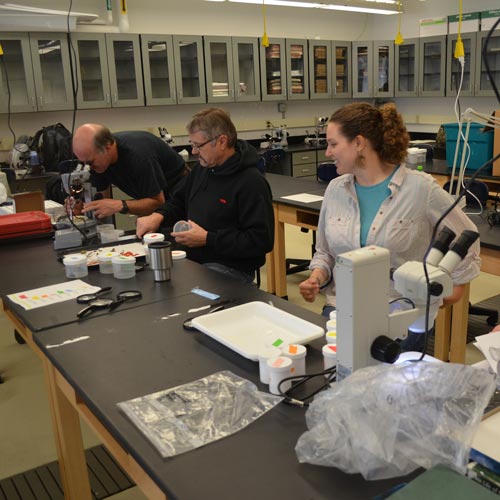
OREGON AGRICULTURE IN THE CLASSROOM FOUNDATION
Grade Level: K-12
The Oregon AITC Foundation provides free curriculum, resources and training to K-12 teachers. The program promotes using agriculture to teach science, math, history and nutrition across existing curriculum. Various hands-on activities based on Oregon’s natural resources and focused on environmental literacy. These lessons could be done with other ocean literacy units to really develop and promote the understanding of our land to sea connections!
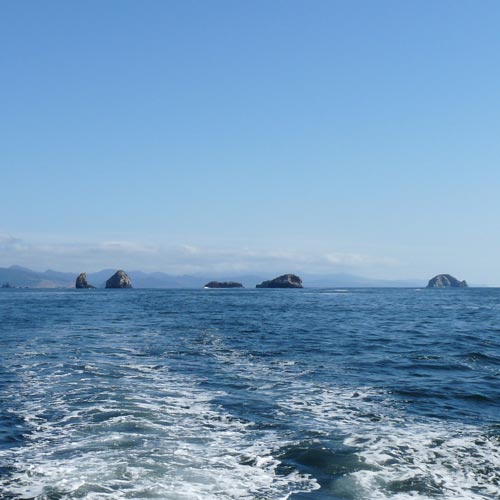
COSEE – CENTERS FOR OCEAN SCIENCES EDUCATION EXCELLENCE
Grade Level: K-12
The “Best of COSEE Hands-On Activities” offers simple, engaging, and easily accessible hands-on activities that will make your presentations to K-12 students, the public, or other non-science audiences more effective. This collection was gathered from across the COSEE Network, with each Center submitting their best hands-on activities. These educational materials are free of charge and based on the Essential Ocean Literacy Principles.
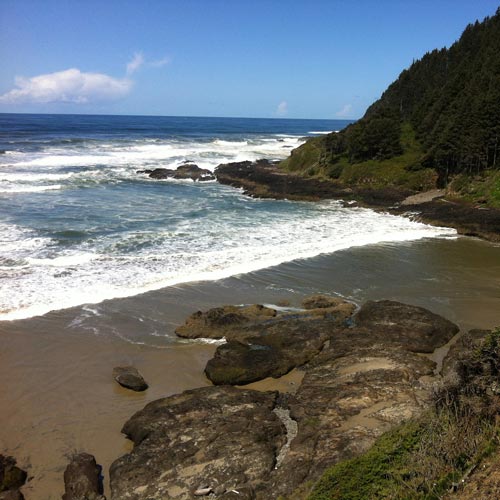
TANGAROA BLUE
Grade Level: K-12
This “Education Kit” creates awareness about marine environmental and conservation issues through exploration of: ‘What is marine debris?’, ‘Why is marine debris a problem?’ and ‘What can we do about it?’ Concepts of consumption, pollution and resolution are investigated with students developing an understanding that there is an interrelationship between the Earth’s environment and human activities. Note, these lessons were created for educators in Australia and are aligned with Australia’s National Curriculum. However, the concepts and lessons are relevant for all audiences and may easily be adapted for use in the USA and elsewhere. Lesson plans are available free of charge.
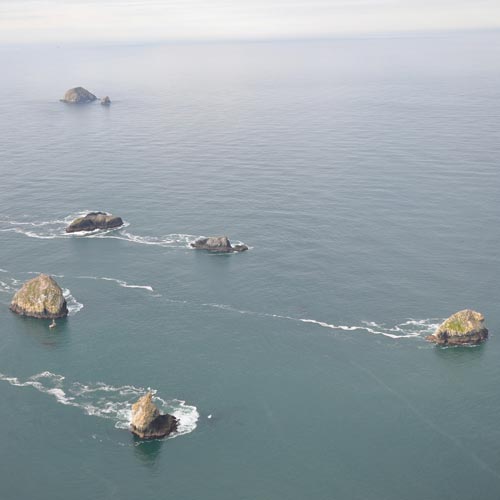
SAILORS FOR THE SEAS
Grade Level: K-12
The Sailors for the Sea Rainy Day Kits are environmental lesson plans focused on marine ecology that can be taught to students in sailing programs and other low resource environments around the world.
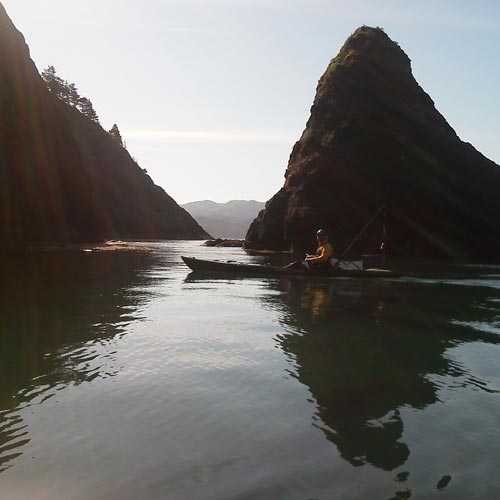
FOR SEA
Grade Level: 1-12
Activities, Lessons, Instructional Materials, Field Trip Tips, and Resources for Teaching Science Through the Marine Environment. Using these National Science Foundation supported materials as a springboard to teaching about the fascinating marine world. Material feature hands-on/minds-on lessons, comprehensive curriculum guides are available for each grade level, 1-12. Each lesson has student activities preceded by a “Teacher Background” section which contains: key concepts, background information, materials needed, teaching hints including items for which advanced planning is required, extension ideas, and answer keys. Most activities require few materials not readily available in your classroom or in variety or grocery stores. The activities enhance scientific investigation skills, reading skills, as well as providing practice in math skills. Materials feature printed guides to CD-ROM games and activities.
Price of educational materials range from $5 – $80.
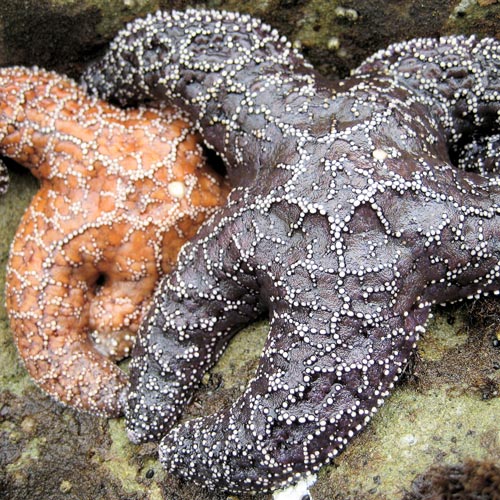
GEMS -GREAT EXPLORATIONS IN MATH AND SCIENCE
Grade Level: 2-8
GEMS develops and publishes science and math curriculum, a series of kits developed for use in out-of-school settings, and offers professional development. Ocean Science guides are $23 – $26 apiece.
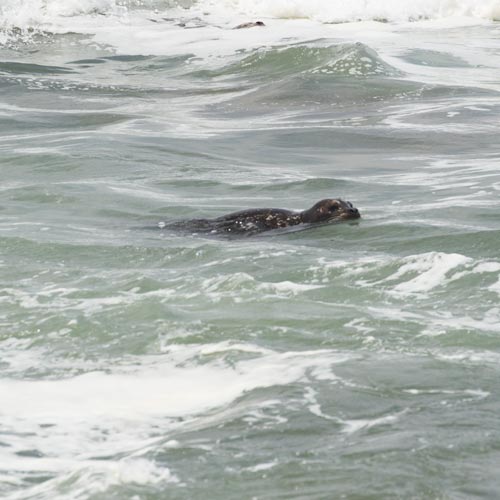
SEAL TAG
Grade Level: 6-12
Get your class thinking with this real life “CSI” style Interactive lesson using enquiry-based learning to explore causes for the drop in sea lion populations along the Gulf of Alaska. This is a real life case study that has been transformed into an environmental education lesson! Subjects include using telemetry to track and study animals, sea lions, shales, sharks, sea otters, and research methods.

NATIONAL GEOGRAPHIC EDUCATION
Grade Level: 9-12
As part of National Geographic Society’s Ocean Initiative, National Geographic Education is working to help teachers like you educate your students about the importance of ocean health and the establishment and management of Marine Protected Areas (MPAs).
National Geographic Education has developed a series of teacher-tested classroom activities, free of charge, for you to use in your science courses, specifically to incorporate within your high school biology curriculum to teach students about marine ecology, human impacts on the ocean, and ocean conservation.
This collection of activities invites you to use current classroom technologies, videos, photo galleries, and maps to give students a clear view of the health and importance of the ocean. These activities provide you with tools that help students take effective notes, use graphic organizers, and formulate opinions about ocean-related environmental issues. This project-based learning experience culminates with students using their new knowledge about marine ecology and human impacts on the ocean to create and propose a management plan for a Marine Protected Area.
National Geographic offers a wide variety of educational lessons, units, and interactive map making programs for students k-12 on a wide variety of topics. Explore them all at http://nationalgeographic.org/education
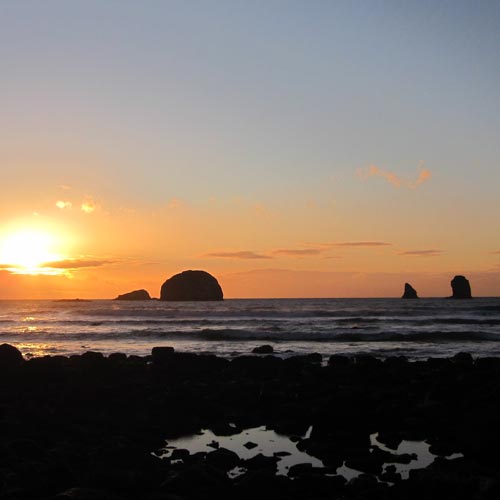
NCSR – NORTHWEST CENTER FOR SUSTAINABLE RESOURCES
Grade Level: 9-12, College
The Role of Marine Reserves in Ecosystem-based Fishery Management is the sixth of ten NCSR modules concerning fishery management. In this module “understanding of the benefits of marine reserves is discussed, as well as some of the considerations in the design and management of marine reserve networks.” The module can be taught independently or as part of the series. Designed for higher level education, this module was developed in 2009. Some elements, specifically those discussing “current” considerations for Oregon Marine Reserves, are out of date. The larger concept and provided materials are very useful in developing an understanding of the role of marine reserves. This is a free module.
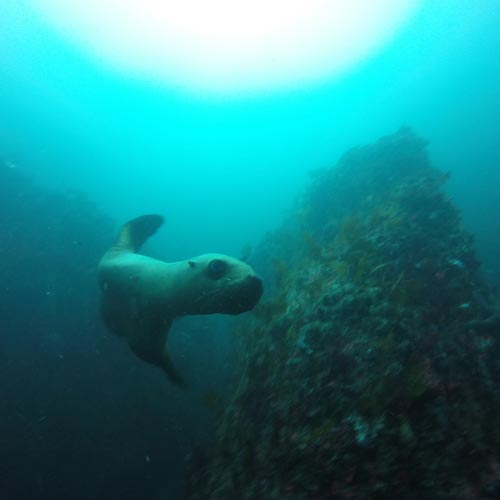
SCRIPPS INSTITUTION OF OCEANOGRAPHY
Grade Level: All Ages
See the ocean through the eyes of a Leopard Seal, learn about glow in the dark sharks, be mesmerized by awe inspiring anchovy schools, or get serious with climate change. Scripps has a seriously wonderful collection videos on ocean related careers, marine biology, and much more! Take a look!
Interactive Maps
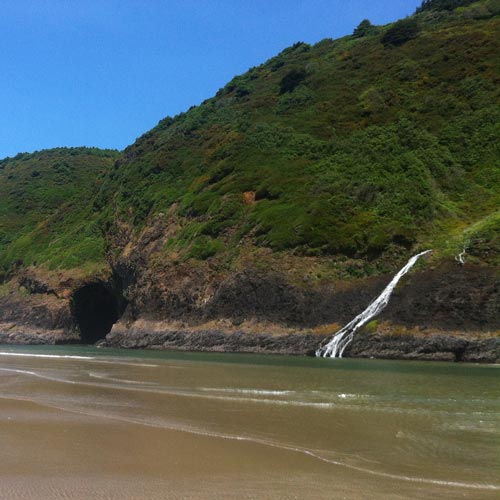
NATIONAL ATLAS STREAMER – UNITED STATES GEOLOGICAL SURVEY
Grade Level: All Ages
A wonderfully Interactive map! A must use for any watershed or land-sea connections course! This handy tool allows you to easily trace any river and its tributaries downstream to where the fresh water meets the salt, or follow any river mouth upstream and into ALL of its connective watersheds! Give it a try, you’ll be hooked and so will your students.
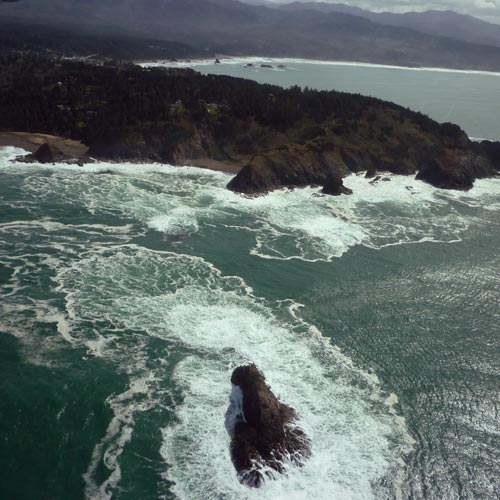
PROTECTED PLANET
Grade Level: All Ages
An interactive map that allows to explore protect areas, on land and in the sea, all over the world!
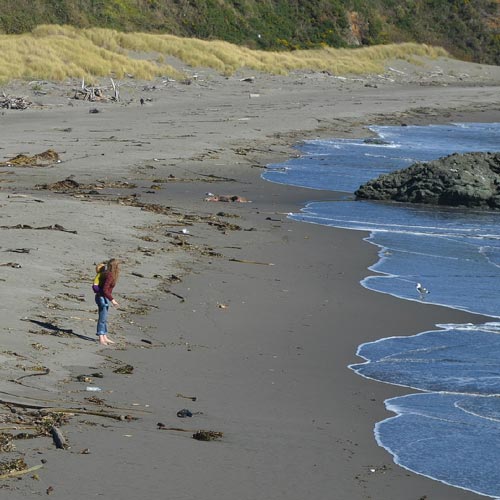
SAILING SEAS OF PLASTIC
Grade Level: All Ages
This is a must use interactive map for any education programs that exploring the issue of plastic pollution. This interactive map visualizes the estimated concentration of floating plastic debris in the world’s oceans. The densities are computed with a numerical model calibrated against a series of field data collected from the five main Oceans and the Mediterranean Sea. Users can explore data compiled from many research trips, including exploring plastic distribution by region, weight, and size. The weight density estimates are presented as a dot density map where one dot represents 20 kg of floating plastic. The estimated global mass of marine debris is plotted using more than 13 million dots.
Science Apps
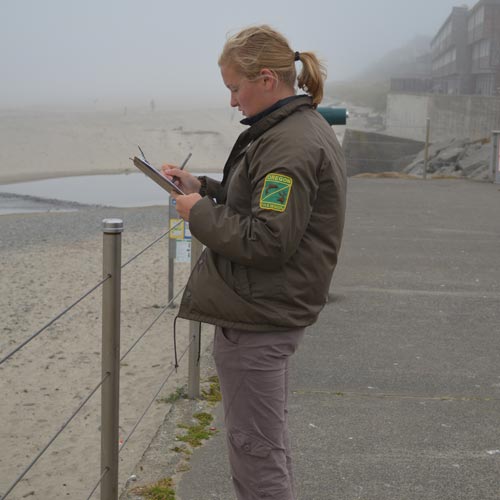
SCIENCE JOURNAL (ANDROID ONLY)
Grade Level: All Ages
The Science Journal app allows you to gather data from the world around you. It uses sensors to measure your environment, like light and sound, so you can graph your data, record your experiments, and organize your questions and ideas. Use Science Journal to record and organize your data. Science Journal graphs your data in real time, then allows you to compare the results of your experiments. While recording, you can add notes and photos to help you remember details you noticed or variables you changed. By purchasing and adding additional external sensors you can expand the range of tests to be done with this app. Everything from wind spinners, to creating music from light, to conductivity experiments and more! Price of add-on kits range from $15 – $100/kit. Visit the website to learn about everything this app can do.
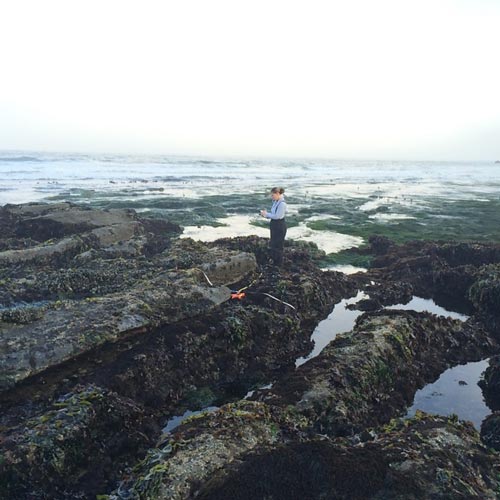
INATURALIST
Grade Level: All Ages
Contribute to Science! Every observation you make with this app can contribute to biodiversity science! From the rarest butterfly to the most common backyard weed, share your findings with scientific data repositories like the Global Biodiversity Information Facility to help scientists find and use your data. With this app you can record your encounters with other organisms and maintain life lists, all in the cloud. Create Useful Data and help scientists and resource managers understand when and where organisms occur. Crowdsource species identifications by connecting with experts who can identify the organisms you observe. You can become a Citizen Scientist by finding a project with a mission that interests you, or start your own! Learn about nature and build your knowledge by talking with other naturalists and helping others. You can even run a “bioblitz”, an event where people try to find as many species as possible, with your class, club, friends, or family!
